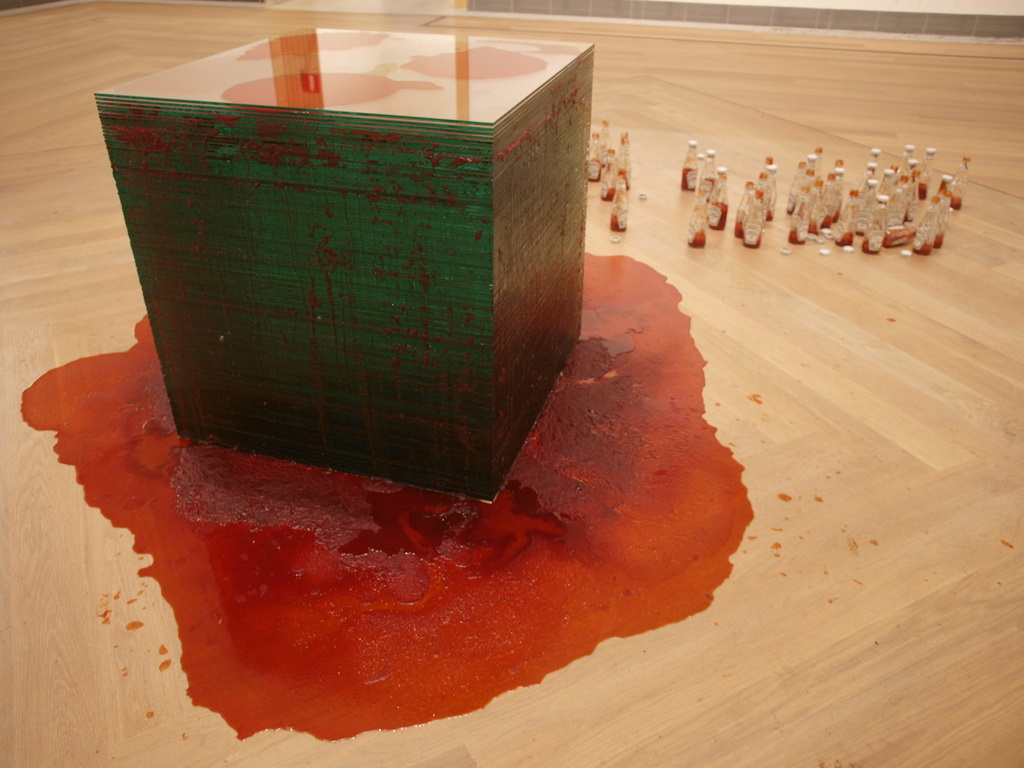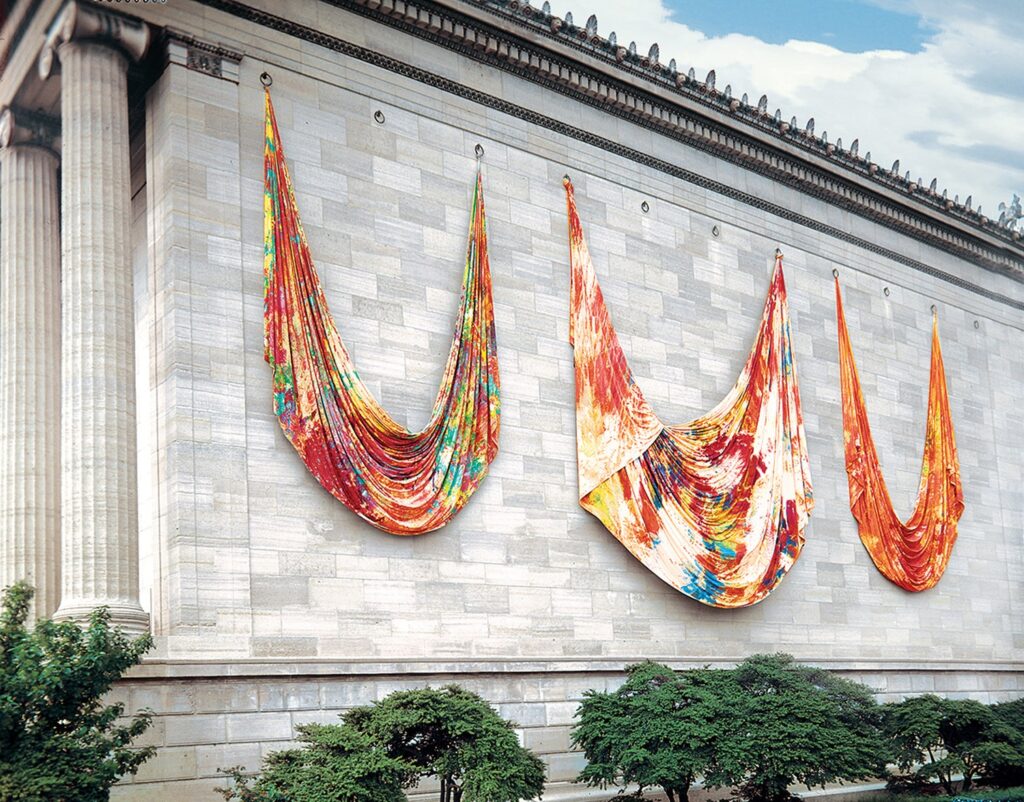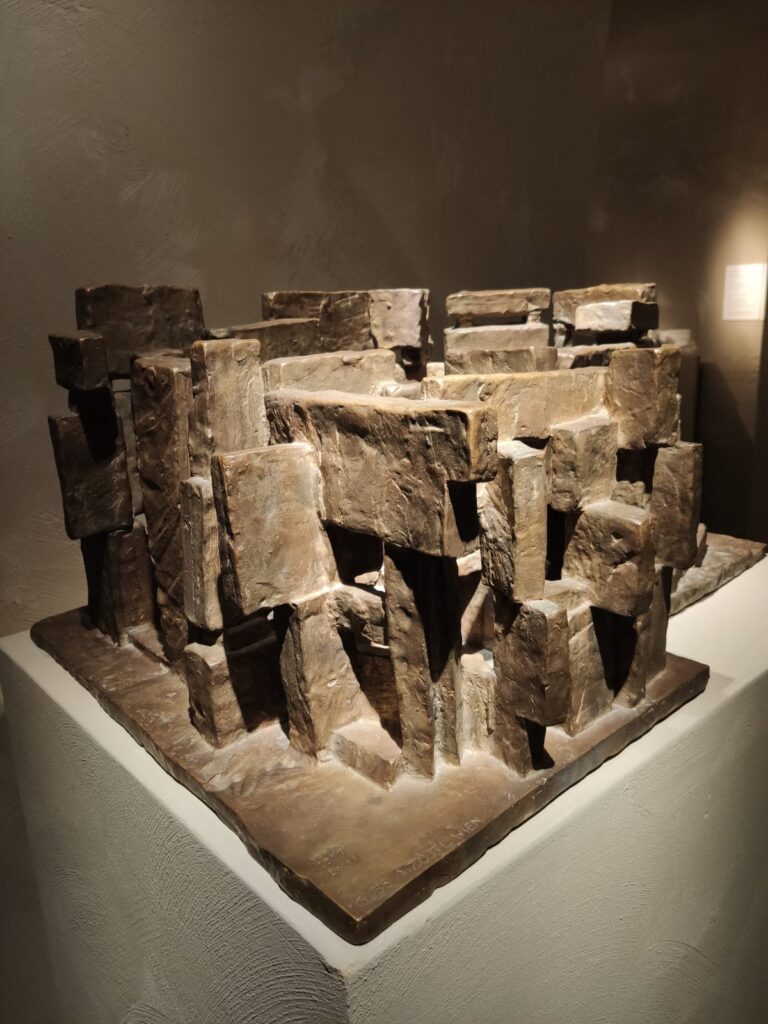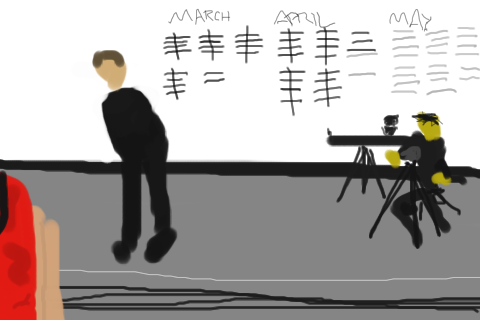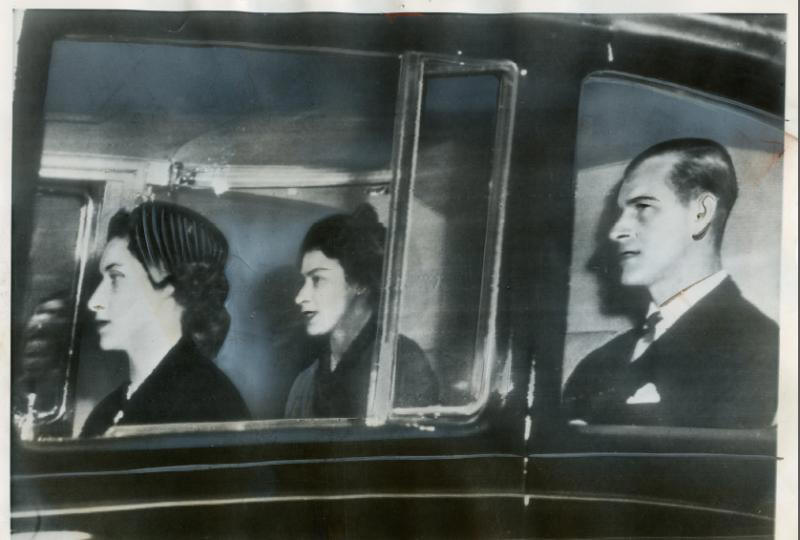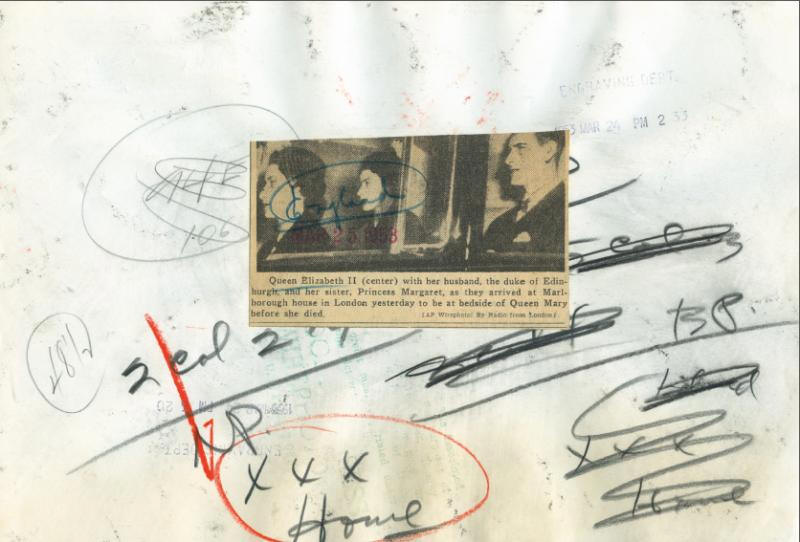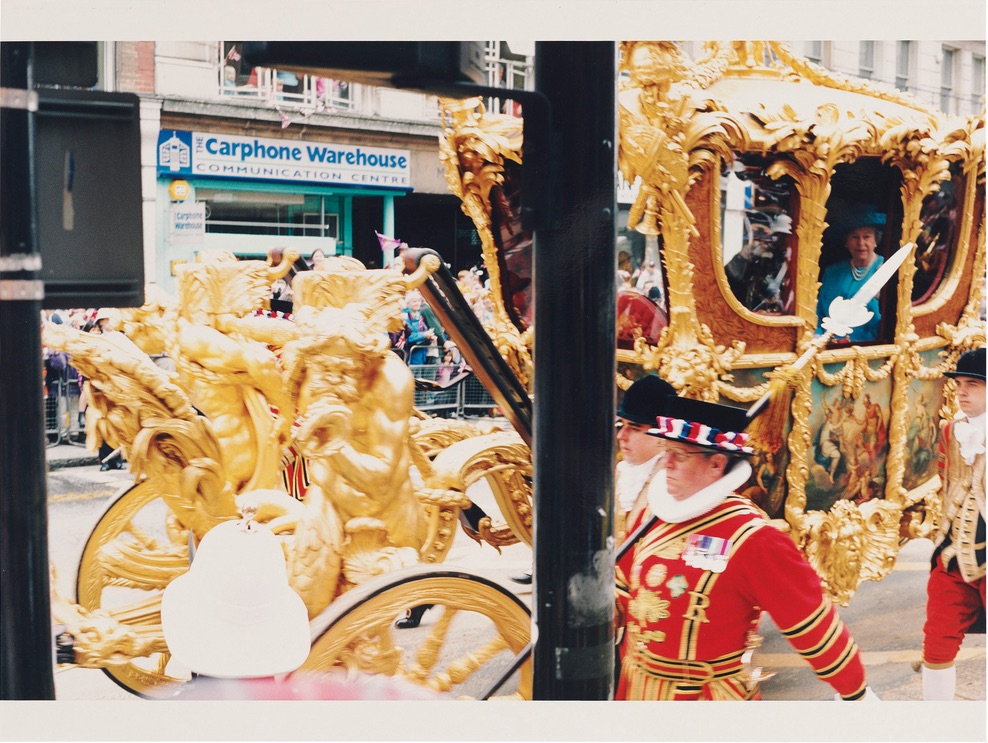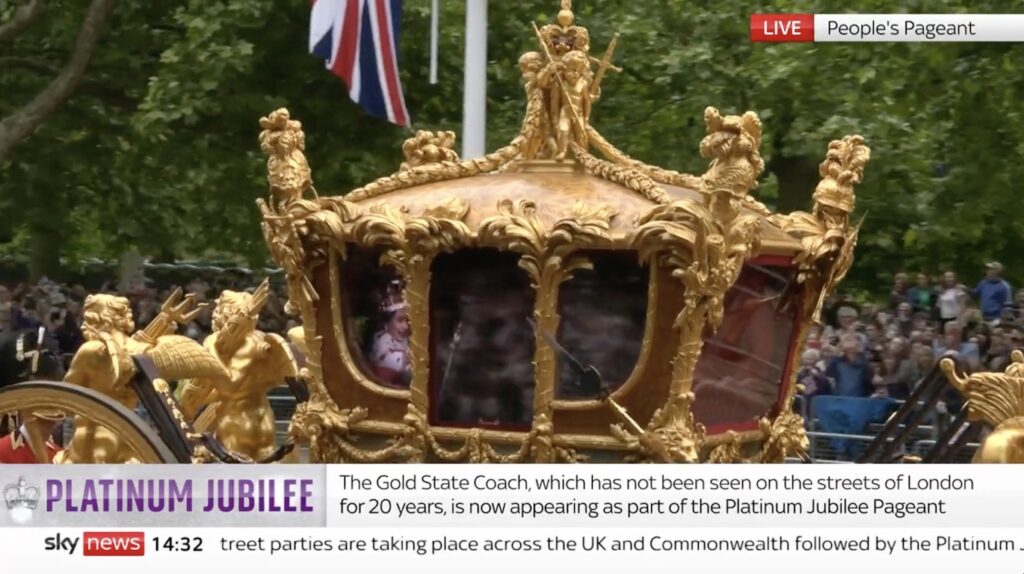An extraordinary disclosure coming in the media backdoor: Abbas Kiarostami, the late giant of Iranian filmmaking, reportedly stole the film Ten (10), which was nominated for the 2002 Palme d’Or at Cannes, from the young, female filmmaker who was its taxi-driving protagonist, Mania Akbari.
In a screenshots of a newsletter tweeted by Bulgarian film writer Yoana Pavlova (@roamingwords), Akbari writes that she conceived and shot the dashcam footage–which, famously, is almost all seemingly unscripted conversations between a taxi driver (Akbari) and her passengers.
Akbari showed this footage to Kiarostami, who asked to use it as inspiration for a script, but instead he edited it into the film known as 10. Then, Akbari writes, in a Q&A at Cannes, in her presence, he claimed full credit for the film, and that he directed Akbari through a hidden earpiece. Akbari says this is all entirely false, and that she has been dealing with the repercussions ever since.
Amina Maher, Akbari’s filmmaker daughter (who appeared in 10 as her young son) has herself addressed the sense of exploitation and violation she felt as a child who did not know she was being recorded (though presumably at the time, her mother, who was doing the recording, did. Maher’s website says she separated from her family at 15).
Maher and Akbari both assert that there was never any consent or contract between them, other family members who appear in the film, and Kiarostami, and have served notice to its producers and distributors to prevent its screening. It’s an extraordinary and shocking situation which Kiarostami’s people–he died in 2016–have yet to account for, afaik.
I’m now going to try to watch Kiarostami’s 2004 making of documentary, 10 on Ten, which also screened at Cannes. In that film, Kiarostami uses the same dashcam setup to deliver his digital filmmaking tips. It’s interesting that Manohla Dargis found it “tediously didactic” compared to Ten‘s original freshness. Maybe that’s because they were made by different people. [Turns out most of it is on YouTube.]
